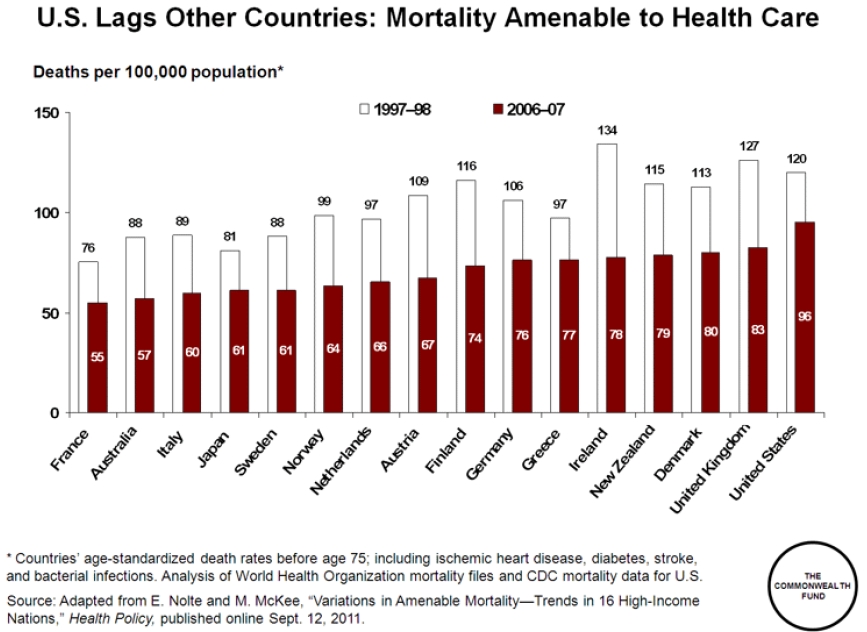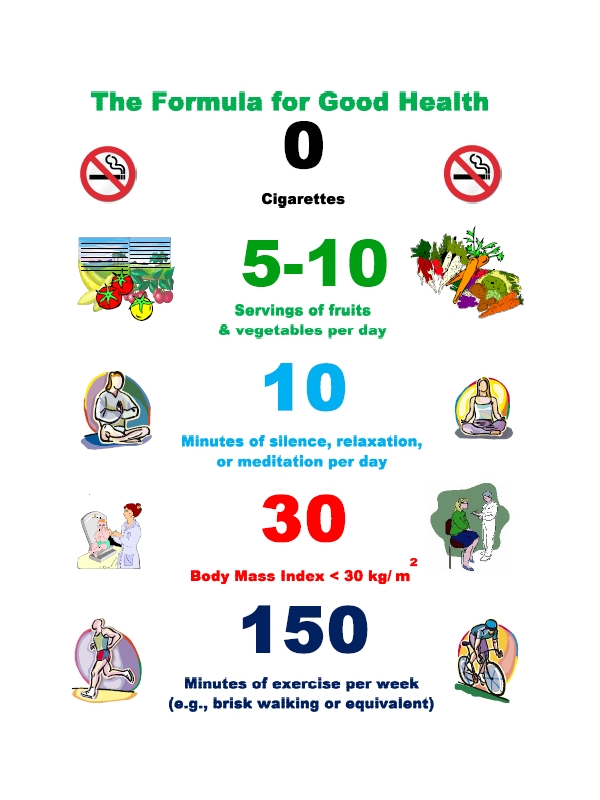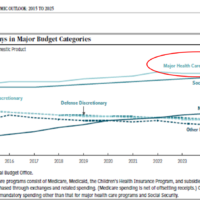Prevention is often portrayed as either the savior or the step-child for reforming, transforming, or saving the US healthcare system. How prevention would specifically benefit people and society is presented in various ways to make these points:
US Doing Worse in Prevention Activities
The Commonwealth Fund recently released a study showing the US is doing poorly in reducing deaths from preventable causes. (Variations in Amendable Mortality – Trends in 16 High-Income Nations.)

While this study isn’t a definitive prescription for systemic changes, it illustrates the performance deficiencies of the US healthcare system – and is consistent with other reports looking at related metrics.
Prevention is a Very Effective Strategy
The American Academy of Family Physicians’ journal “American Family Physician” had an editorial last September titled, “Preventive Health: Time for a Change,” which noted that, “According to recent literature, primary prevention appears to work better than any other strategy in medicine.” This article also had a great poster “prescribing” the formula for good health. (See below.)

[Note: I’ve modified it to indicate 5-10 recommended servings of fruits and vegetables. In addition, it should also be recognized that the weight goal requires a long-term strategy – while the other activities are more immediate – and an often cited weight reduction goal is 10% since people generally see that as reasonable, and a 10% weight loss for someone who is obese has been shown to improve clinical outcomes.]
Politics of Prevention
The 2010 Federal health reform law included $15 billion over 10 years for a Prevention and Public Health Fund to assist state and community efforts in preventing illness and promoting health. However, like many things in the 2010 Federal health reform law, this funding has been targeted for elimination in order to reduce overall government spending. As the Health Policy Director for the Republican staff of the Senate Committee on Health, Education, Labor and Pensions stated during a session hosted by Politico last week, “While everyone supports the idea of prevention, there isn’t a lot of data that suggests that those programs actually reduce healthcare costs,” and this part of the health reform legislation is a “slush fund.”
Conclusions:
So like many things in healthcare, definitions are important – as are priorities and savings calculations – since what I suspect the Senate HELP Committee’s Republican Health Policy Director meant was that many prevention programs haven’t been shown to save money for Medicare or Medicaid, i.e., reduce Federal spending projections. This isn’t too surprising since Medicare is for the elderly and disabled, so prevention in that population may often be secondary rather than primary – and Medicaid faces similar “those who pay may not be those who benefit” challenges. However, such a narrow programmatic and financial mindset fails to recognize that improving prevention for the overall population can slow the growth in total healthcare spending and improve productivity. My “proof” for that sweeping statement – particularly the worker productivity piece – is that growing up in Hartford, CT it was common knowledge that the insurance companies, (most of which had their headquarters in Hartford), had the best prevention and employee wellness programs. And this was not by chance – they knew it was good business to keep their employees healthy and productive.


